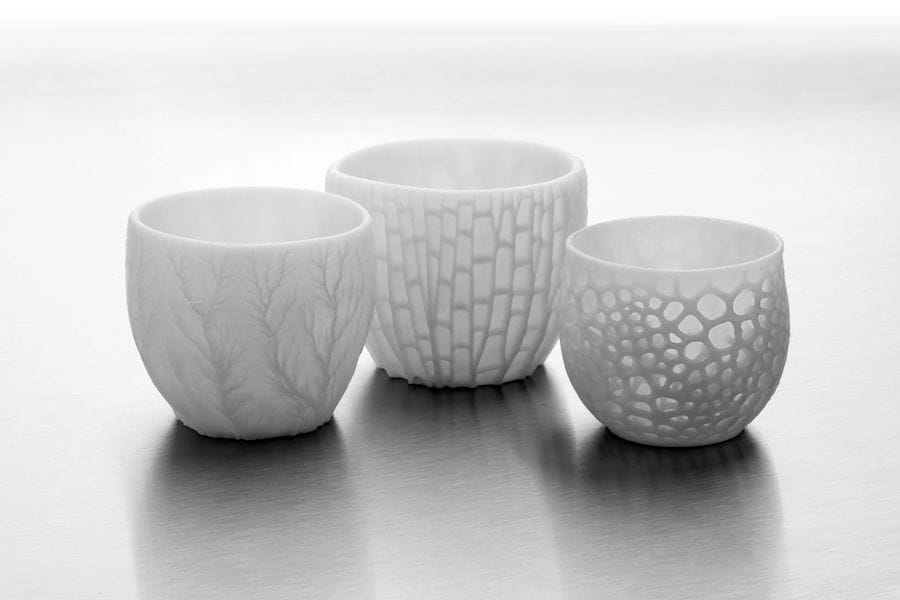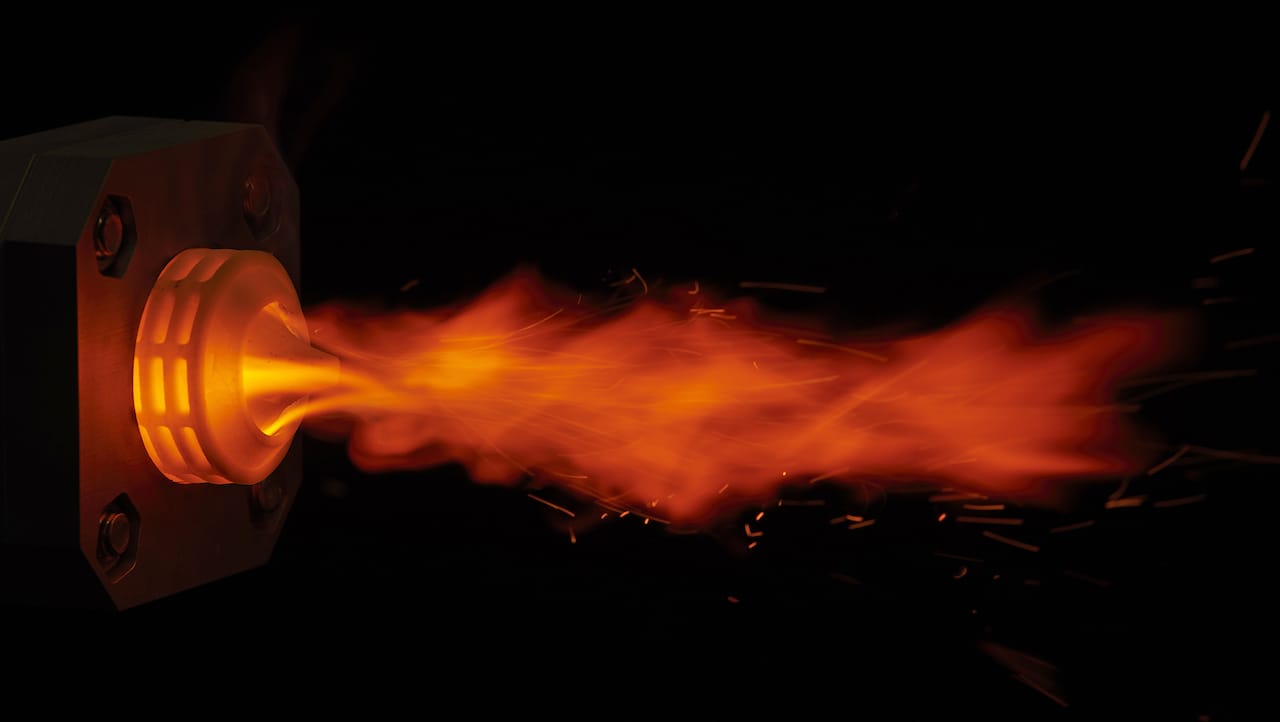
Formlabs formally announced a new ceramic resin for the Form 2 3D printer today.
This is a notable departure from their traditional materials, which have up to now been various types of photopolymers. While they’ve marketed strong, flexible and colorful materials, they’ve never released a ceramic resin, until now.
Ceramic 3D prints are highly desirable in a number of situations, and are produced in quite a different manner.
The Form 2’s normal photopolymer process simply involves solidifying the liquid resin with a laser and curing the completed print in a UV bath, ceramic processing requires different steps.
Formlabs explains that the ceramic resin is first 3D printed in the same manner, although they do provide a number of tips to ensure a more reliable result, such as adjusting designs to fit within ceramic tolerances and roughening the build platform for extra special adhesiveness.
The differences are after the print completes. The “green” part is removed from the Form 2, and supports are trimmed off. There is no need for further UV curing, as the print then is placed in a ventilated kiln. I should point out that Formlabs does not supply a kiln, and you should be able to find one from many commercial sources; they are not particularly expensive.

The kiln fires the ceramic print to “cone 8” levels, which in pottery terms corresponds to a temperature of around 1270C. At this energy level the photopolymer binder holding the silica powder is burnt away, leaving a pure ceramic object. Like traditional pottery, these objects can then be glazed as you choose.
Formlabs explains multiple times in their release that this is indeed an experimental process that will require iterations to determine the correct parameters. The new material is considered to be under their “Form X” program, in which any materials may be used on the Form 2. Basically, this means that they don’t guarantee results and you are responsible for your own print parameters. For some organizations this may not be a feasible option, but for others, it could be a welcome venture.
Use of the new ceramic material is what excites me about this announcement. Ceramics are utterly different than the plastics typically 3D printed in that their properties include near complete immunity to chemical attack, significant hardness, abrasion resistance and extreme heat resistance. While Formlabs’ new resin may not be the best ceramic material, it’s one of the few that you can easily access via 3D printing.
And that is the other exciting revelation on this announcement: you don’t need a new ceramic 3D printer to print ceramics. Here ANYONE with a Form 2 can almost immediately attempt ceramic 3D printing. You simply change the tray and resin cartridge and it is essentially ready to go. Yes, you will need a kiln as well, but again, not expensive.

This makes the Form 2 a much more versatile machine that can now turn out ceramic parts that will can be incorporated into more interesting designs. By leveraging 3D printing capabilities, one can now make “impossible” ceramic objects, including lightweight lattice-filled parts.

Artists will also find this development important, as ceramic fashion items will be more durable and colorful due to glazing. It’s also possible one can finally make foodsafe prints in ceramic material.
Formlabs has built a versatile platform in the Form 2, as we can now see by the introduction of a very different material. How long will it be before they introduce even more unusual materials usable on that same device? I could see them producing a metal equivalent of ceramic resin sometime soon.
Via Formlabs

